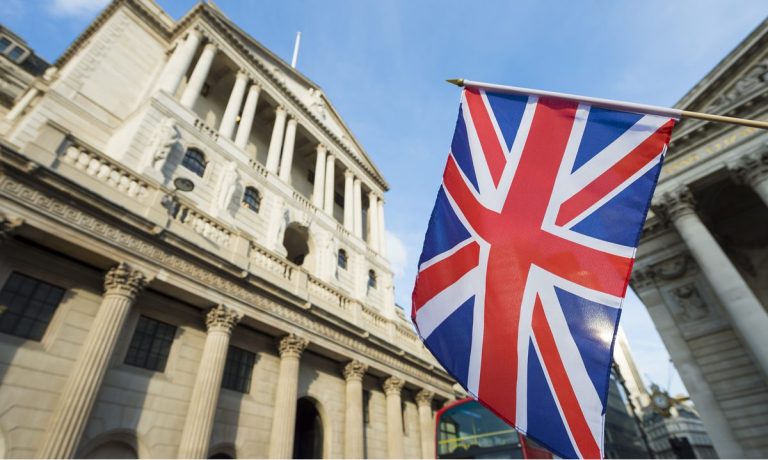
Last week saw the launch of the Digital Financial Markets Infrastructure (DFMI) consortium, a cross-industry body committed to exploring the future of money through real world pilots of technologies like digital currencies.
Related: How the Digital Euro Can Help Address Disintermediation, Sovereignty Issues
DFMI will include crypto-assets like bitcoin and ether, privately issued stablecoins, central bank digital currencies (CBDCs) including the proposed digital pound and digital euro, hybrid solutions like Project New Era’s proposed dSterling, and the necessary supporting infrastructure such as digital wallets, exchange mechanisms and interoperability standards.
But what does the DFMI entail exactly? We look at three major things to keep in mind.
Read on: UK Cross-Industry Consortium to Focus on Future of Digital Currencies
The Consortium Sees the UK Innovation Leader
Although the DFMI consortium is international in its scope and includes the participation of players from around the world, from inception its flagship program, Project New Era, has focused largely on the U.K.
On the group’s website, the DFMI consortium states that “exploring and implementing best practice in the UK will foster a market environment that attracts future investment and drives cutting-edge innovation.”
The post adds that “together with ongoing advancements to existing payments systems, a future-proof financial technology landscape would confer a significant competitive advantage to the UK’s financial market and payments infrastructure globally, a critical enabler to power economic growth in the coming decades.”
The consortium also states that “by taking advantage of regulatory divergence from the European Union, the UK can be a first-mover amongst leading western economies to shape a national digital currency ecosystem.”
It Will Issue a ‘Pre-CBDC’
Project New Era will begin by creating a kind of “pre-CBDC” to explore how the technology will function in the real world.
The DFMI consortium will issue the pre-CBDC asset, known as dSterling, and execute the pilot in collaboration with interested businesses. To mitigate against the collapse of the project, all dSterling will be backed one-to-one by collateral kept in a commercial bank reserve account.
The proposed dSterling is a private sector-led experiment which is intended to explore potential use cases, the benefits, and risks of a future CBDC.
On potential use cases, the DFMI consortium has identified four areas where CBDCs hold the most promise: retail payments, cross-border transactions, tokenization-as-a-service, and servicing payment institutions and electronic money institutions.
The project will further interrogate the theoretical findings of the Project New Era Green Paper and assess whether they hold up in practice. The DFMI consortium will then provide feedback to the Bank of England, which is carrying out its own research with the intention of issuing a CBDC in the future.
From the UK to the World
In a press release announcing the launch of Project New Era, the DFMI consortium stated that it “intends to use the blueprint set out by Project New Era to launch private-sector pilots in multiple jurisdictions across the world.”
Although the group gives no indication as to where further pilots might take place, a large section of the New Era green paper is dedicated to mapping out the state of CBDCs around the world, detailing how far various central banks have gone in their research and implementation of the concept.
Furthermore, the green paper emphasizes that if a CBDC is to be useful for cross-border payments it will have to be interoperable with other such currencies. It adds that “the pilot will explore interoperability requirements to future-proof the digital financial market infrastructure.”
For all PYMNTS EMEA coverage, subscribe to the daily EMEA Newsletter.